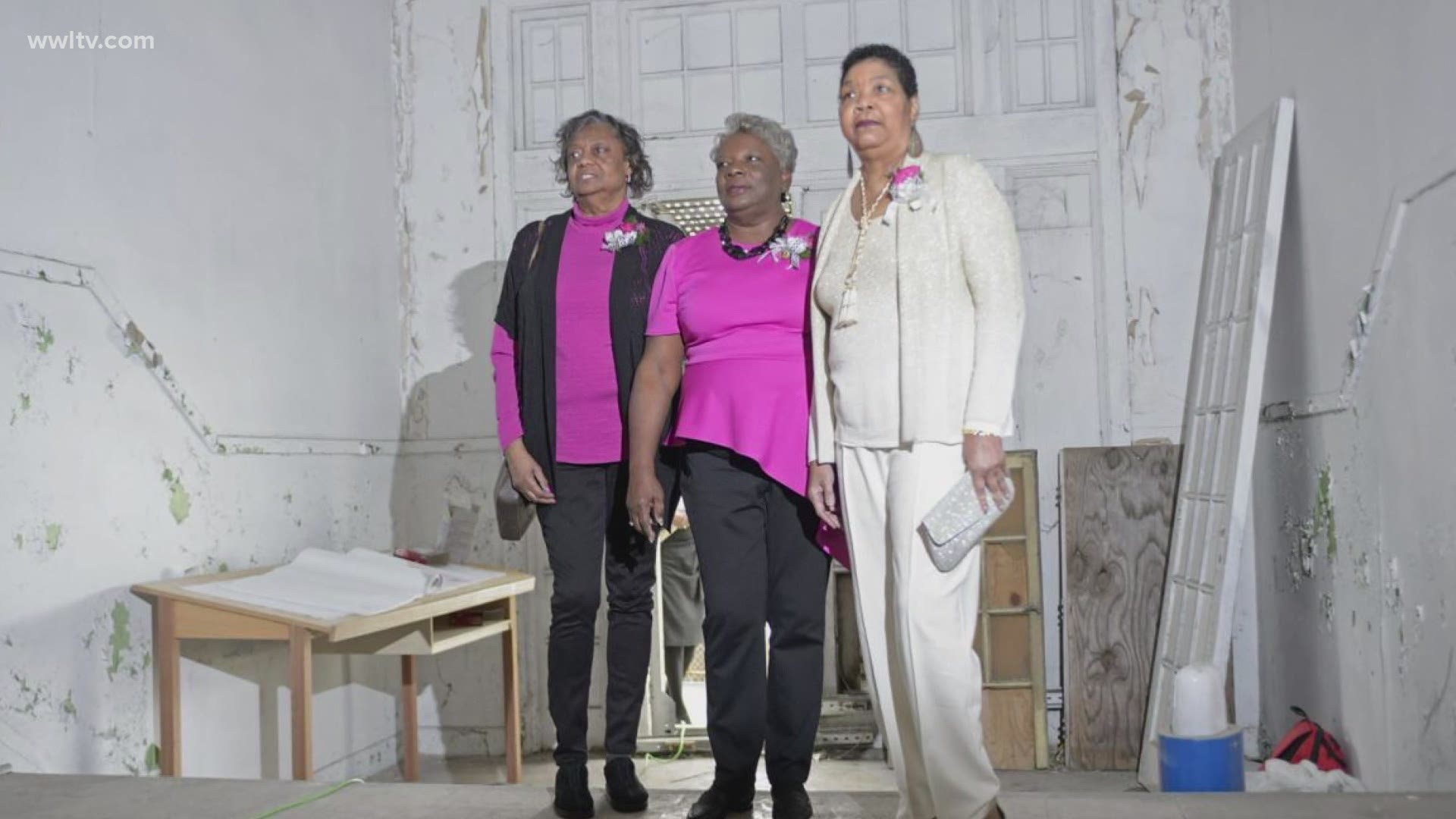NEW ORLEANS, Louisiana — November 14, 1960 was a year four little African Americans girls will never forget.
Not only was Ruby Bridges making a difference in the desegregation of an all white elementary school, but so were Leona Tate, Tessie Prevost and Gail Etienne also known as the "McDonogh Three."
"I was walking 10-to-12 blocks to my old school. So, to get a ride to my school was a luxury not realizing that these men were security," Leona Tate said.
Tate, Prevost and Etienne were all 6-years-old when they walked into the school surrounded by protesters and angry parents, who did not agree with idea, taking their child out of the building.
"When we turned on Saint Claude it was mobs of people, I didn't even recognize they were all white. You know just mobs of people, police on horseback, knowing that a parade used to pass here I thought a parade was coming," Leona Tate said.
The 6-year-old was oblivious to the fact she was about to make history.
The three had desegregated the school six years after the Supreme Court Brown v. Board of Education court ruling, making segregated schools unconstitutional.
Sixty years ago, they walked the halls alone as students but Friday, they returned to those halls as they are being converted into the Tate, Etienne and Prevost Center. A soon to be exhibit space, social justice education center and senior housing facility, thanks in large part to Tate's efforts to revitalize the building after Hurricane Katrina.
"I really feel like I'm dreaming, I really do," Tate said.
For Tate, it was not just about saving a building, but bridging a once forgotten community.
"I'm more excited about what it's going to do to this community than my involvement in it. It needs to energize this community," Tate said.
With the returning of that energy, the McDonogh 3 hopes that there will not be a repeat of what brought them to that school 60 years ago.
"The racism part started here and I feel like this is where it's going to heal. We're going to have some racial healing here. I want it to end here,"

